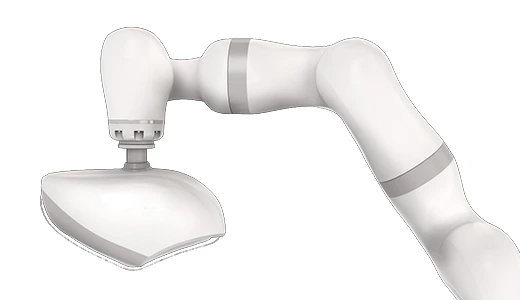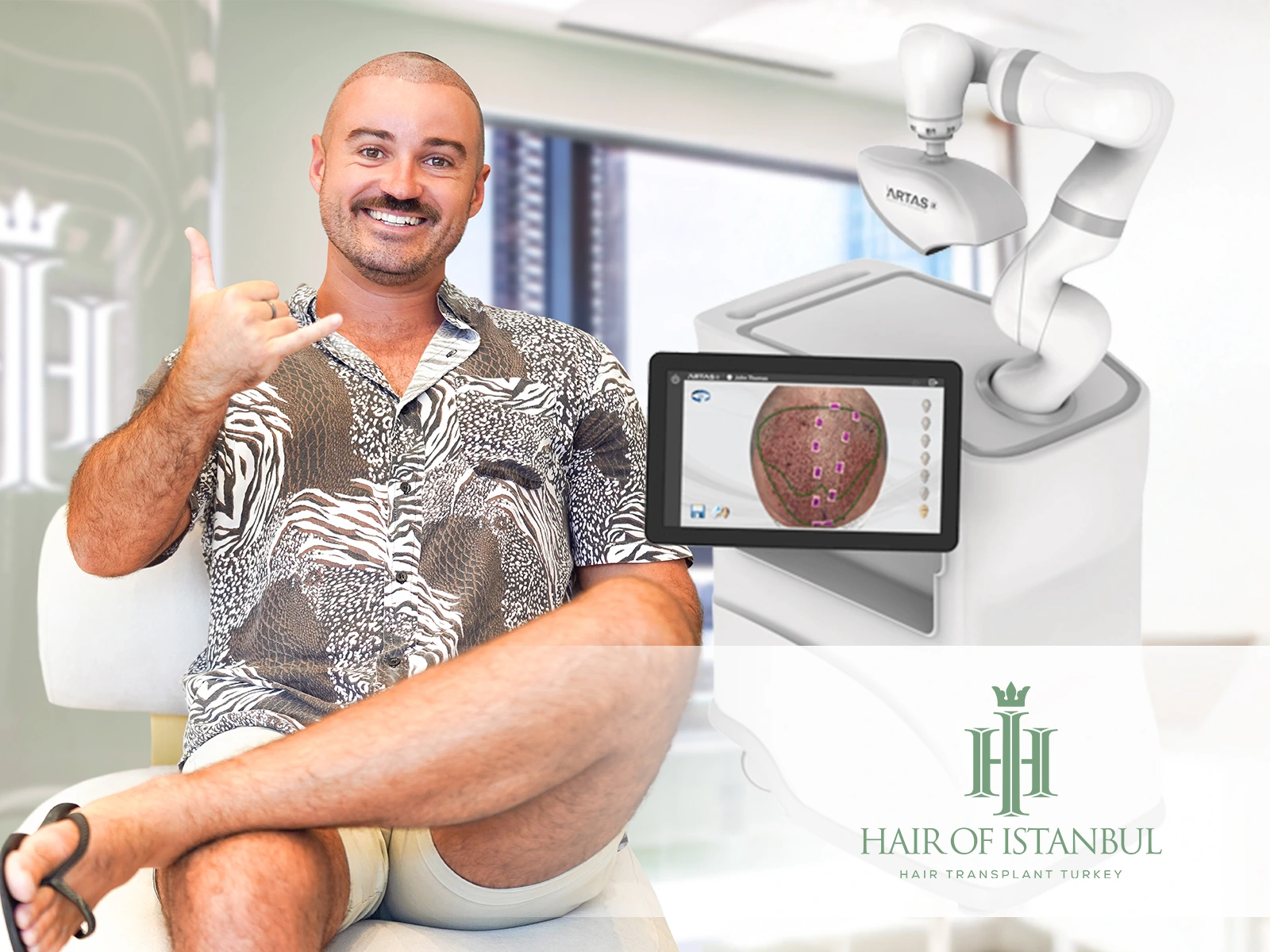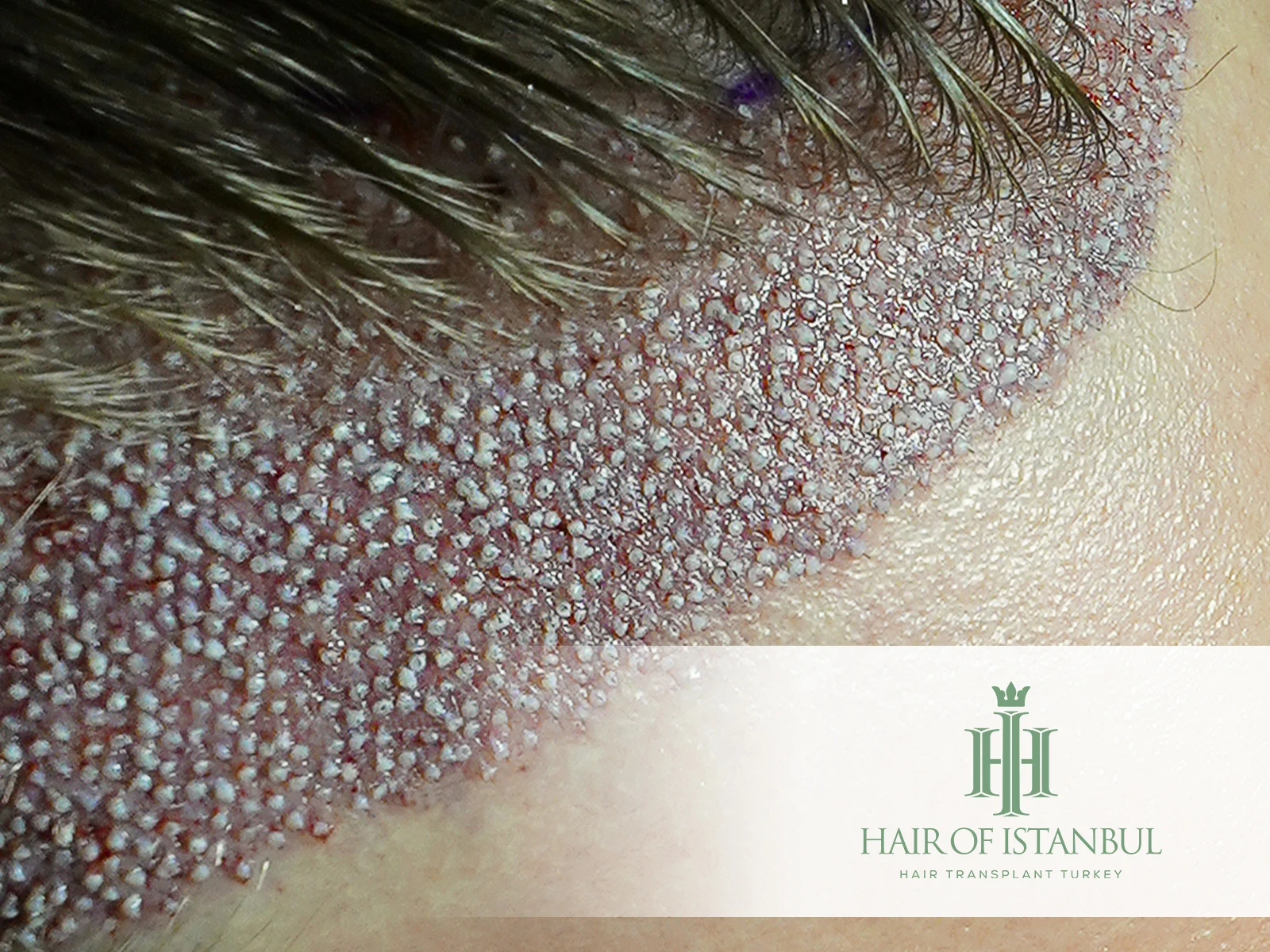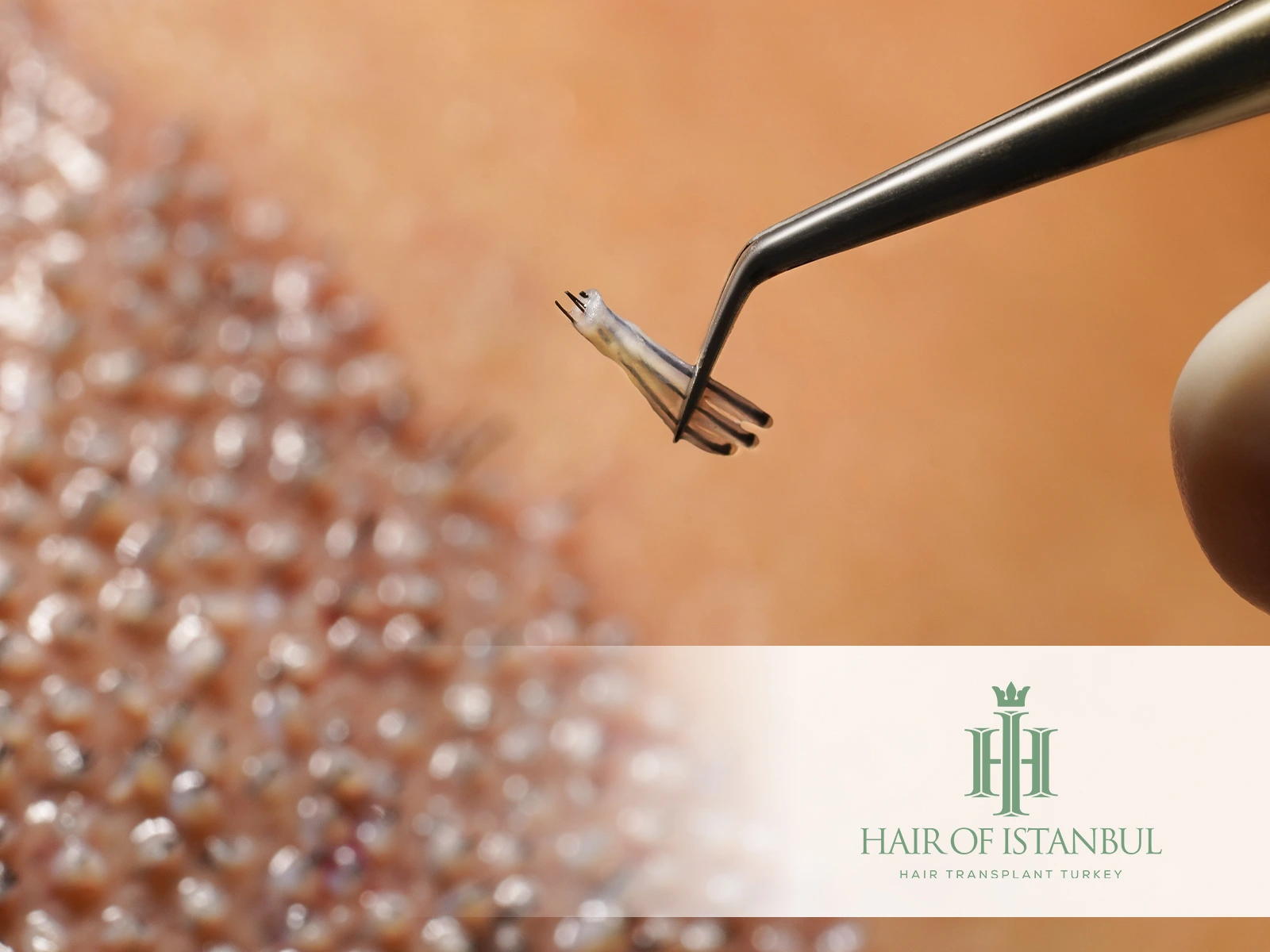Robotic Hair Transplant: The Future of Precision Hair Restoration
As technology continues to shape the world of medical aesthetics, one innovation stands out in hair restoration—robotic hair transplant. This cutting-edge procedure is redefining precision, speed, and consistency in hair transplant surgeries.
If you’re considering a modern and minimally invasive solution for hair loss, this blog explores everything you need to know about robotic hair transplant systems, their advantages, and how they compare to traditional techniques.
What Is a Robotic Hair Transplant?
A robotic hair transplant uses AI-powered machinery—most notably the ARTAS system—to automate key parts of the FUE (Follicular Unit Extraction) process. The robot assists the surgeon by:
Identifying and extracting the best grafts with high precision
Mapping the recipient area for optimal hairline design
Minimizing damage to surrounding tissue
Enhancing graft survival rate
While the procedure is still overseen by a skilled surgeon, the robot provides unmatched consistency and accuracy.
Benefits of Robotic Hair Transplant Technology
Opting for a robotic hair transplant comes with a number of unique advantages:
Unmatched Precision: AI algorithms target only the healthiest grafts
Speed and Efficiency: Reduced procedure time due to automation
Minimally Invasive: Less trauma to the scalp, quicker healing
Natural Results: Carefully controlled angling and depth of implantation
Consistency: Eliminates human fatigue in large graft sessions
For patients who prioritize advanced technology and predictability, robotic procedures offer a major leap forward.
How Does It Compare to Manual Techniques?
Traditional methods like FUE and DHI rely heavily on the skill and stamina of the surgeon. In contrast, robotic hair transplants introduce automation for graft harvesting and implantation planning.
This doesn’t mean it replaces the doctor—instead, it supports them, reducing variability and improving outcomes. Many clinics now combine robotic assistance with manual refinement to balance precision and artistry.

Who Is a Good Candidate for Robotic Hair Transplant?
Robotic procedures are best suited for patients who:
Have moderate to advanced male pattern baldness
Are looking for high-density restoration
Prefer a minimally invasive solution
Want fast recovery and fewer complications
Are eligible for FUE-based extractions
A detailed consultation and scalp analysis will determine if a robotic hair transplant is right for you.
Bu gönderiyi Instagram’da gör
Before and After Hair Transplant: Robotic Results
What sets this technology apart is the consistency in before and after hair transplant results. Patients often see:
Even density distribution
Cleaner donor areas
Minimal scarring or shock loss
A natural and youthful hairline
Robotic accuracy ensures that each graft is placed at the correct angle, contributing to aesthetic success.
Are Robotic Hair Transplants Available in Turkey?
Yes—many advanced clinics in Turkey, including internationally accredited centers, have adopted robotic hair transplant systems such as ARTAS. This allows patients to combine:
World-class technology
Skilled surgical teams
Affordable pricing
Medical tourism support (hotel, transfers, interpreters)
Turkey’s clinics are quickly becoming global leaders in robotic hair restoration.
Is It the Future of Hair Transplantation?
The robotic hair transplant is more than a trend—it’s a technological breakthrough. By combining artificial intelligence with surgical expertise, it raises the bar for natural-looking, long-lasting hair restoration.
If you’re looking for a future-forward solution that maximizes precision, minimizes recovery time, and delivers excellent results, robotic hair transplant may be exactly what you need.







